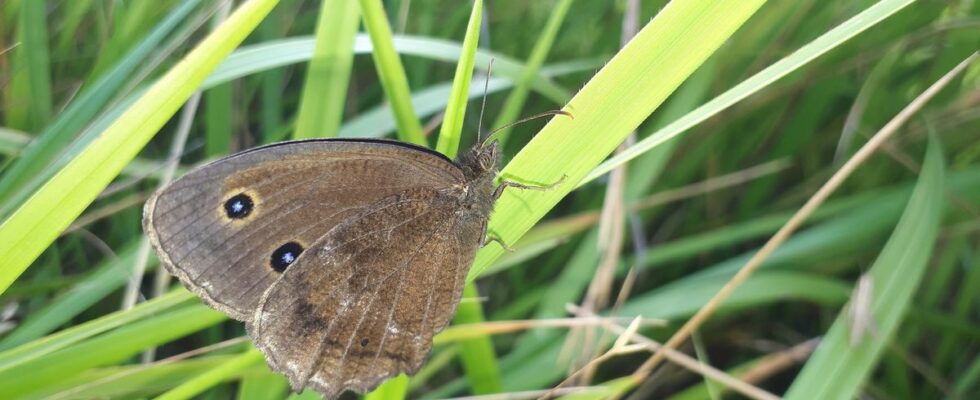There is the Tircis, this small brown butterfly that we come across in the forest, the whites still numerous in our gardens, or the Peacock of the day with its spots on the wings that look like eyes… But for a large part of their congeners, things are not going very well in the region. Coordinated by the Pays-de-la-Loire Conservatory of Natural Spaces (CEN) and the Armorican Invertebrate Study Group (Gretia), the first red list of daytime butterflies across the territory has just been published, after work carried out in recent years on the basis of nearly 430,000 data. And the results are not very good, explains Amélie Roux, Territory and Biodiversity Project Manager at CEN. Maintenance.
What are the main lessons of this first list of red butterflies in the Pays-de-la-Loire?
Our experts noted a region-wide decline, but it was not expected to be so significant: of the 114 species assessed, 13 are considered extirpated, 9 critically endangered, 16 endangered, 8 vulnerable… More than a third of butterflies are considered extinct or threatened with extinction. Poor results which are mainly explained by three factors.
Firstly, the geographical location of the Pays-de-la-Loire, a region located at the interface between the continental climate and the Atlantic climate: this limit of the distribution area makes the species more fragile than elsewhere. There is also the intensification of agricultural practices, urban sprawl, the standardization of landscapes, etc. that degrade or fragment their habitat. Some butterflies that function in a metapopulation, that is to say that they need to be several nearby, find themselves isolated, which can also promote their disappearance. Finally, the climate can also play a role in the extinction of certain species. Even if, conversely, it may cause others to appear, Mediterranean species which will gradually rise.
What can be done for the species of butterflies that are today in critical danger?
To protect them, it was already necessary to assign them a status, which is done. The objective is at least to maintain the populations, the ideal would be to increase them. To do this, we must first continue to acquire knowledge, identify it, without forgetting the preservation aspect, by protecting the species and its habitat, with appropriate management of the site. For example, let’s talk about a fairly emblematic species, the Azure of the wetnesses, which is critically endangered. If this butterfly appreciates wetlands, its range is only decreasing to such an extent that it is now only found in the Vallée des Cartes between Maine-et-Loire and Sarthe.
We have a population of several hundred individuals that we are trying to maintain through appropriate management of the site, in particular by favoring host plants. They are necessary for their life cycle because it is where the caterpillar of the butterfly develops to grow. The Azuré des mouillères lays there, the caterpillar will consume the plant. It will then descend to the ground and be taken care of by a certain type of ant.
What is the impact of the disappearance of butterflies on biodiversity?
Butterflies are pollinators, help in the reproduction of flowering plants, so their disappearance can lead to a risk of seeing certain processions of plant species disappear. It is also a food resource for birds, bats, etc., so we understand that there is also an impact there. In the meantime, we must always continue the inventories because we will never stop improving our knowledge, discovering new populations… There are sometimes good surprises, as with the Greater wood negro considered to have disappeared in the region in view of the latest data dating from 1988. In the meantime, we have had evidence of its presence in 2015 and then in 2021. This species would therefore be rather in critical danger.

